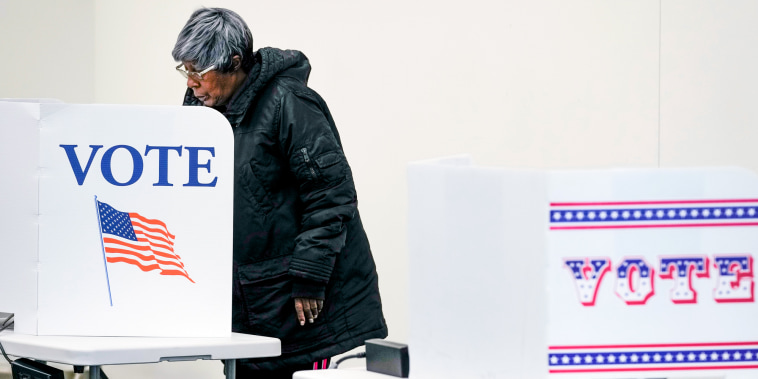The significance of the senior voting bloc in every election is undeniable. They vote with a higher turnout than any other age group and their issues are frequently at the forefront of political strategizing. One of the hot-button topics that most concern this demography is the protection of Social Security. Yet, interestingly, recent polls suggest that despite this pressing concern, older voters remain split when it comes to party support.
Social Security Protection: The Crux of Older Voters Concerns
According to the AARP, approximately a quarter of retirees count on Social Security as their only source of income. This income stability is founded on the decades of hard-earned income older adults have invested toward their retirement. Social Security is more than a welfare program; it’s a long-term investment that has been entered into by millions of American workers. The concern of older voters revolves around the long-term availability and stability of these benefits.
The current instability and alleged threats to the Social Security fund have induced anxiety among this population, and it is only natural for them to look to political parties for solutions. The right party would promise and follow through on securing the Social Security fund, ensuring none of these valued citizens live in fear of losing their benefits.
Party Split: A Curious Case
It would seem logical that the party that pledges staunch support for strengthening and protecting the Security fund would get the stronger backing of older voters. However, polling indicates that both parties have nearly equal support among seniors. This is a fascinating observation given that older voters have placed Social Security protection at the top of their list of concerns.
The Democratic party has historically been associated with promoting social safety net programs like Social Security. Yet, the Republican party, though occasionally arguing for cuts and adjustments, has not made significant changes to the program when in control. This dual pledge of protection from both parties seems to be well received by older voters, thus leading to the split in party support.
The Role of Trust and Past Actions
Despite the critical nature of Social Security protection, many older voters make their decisions based on an array of factors. Past performances, trust in party leaders, and personal beliefs significantly influence their choice.
Though Social Security’s protection is high on their agenda, older voters also are aware that it is not an issue in isolation. It ties into aspects such as fiscal responsibility, budget allocations, taxation policies, and overall economic management. Therefore, many may look at the broader policies and track record of a party when choosing whom to support.
Understanding the intricacies of the senior voters’ demographic can help political parties to formulate campaigns and policies that resonate with them. The message from recent polls is clear: older voters care deeply about Social Security protections, yet their support isn’t tied to one party. Each party has the chance to solidify this important demographic’s support, but it will require more than mere words. It necessitates demonstrating first and foremost that the protection of Social Security is a priority and displaying major efforts in ensuring its preservation and improvement.











